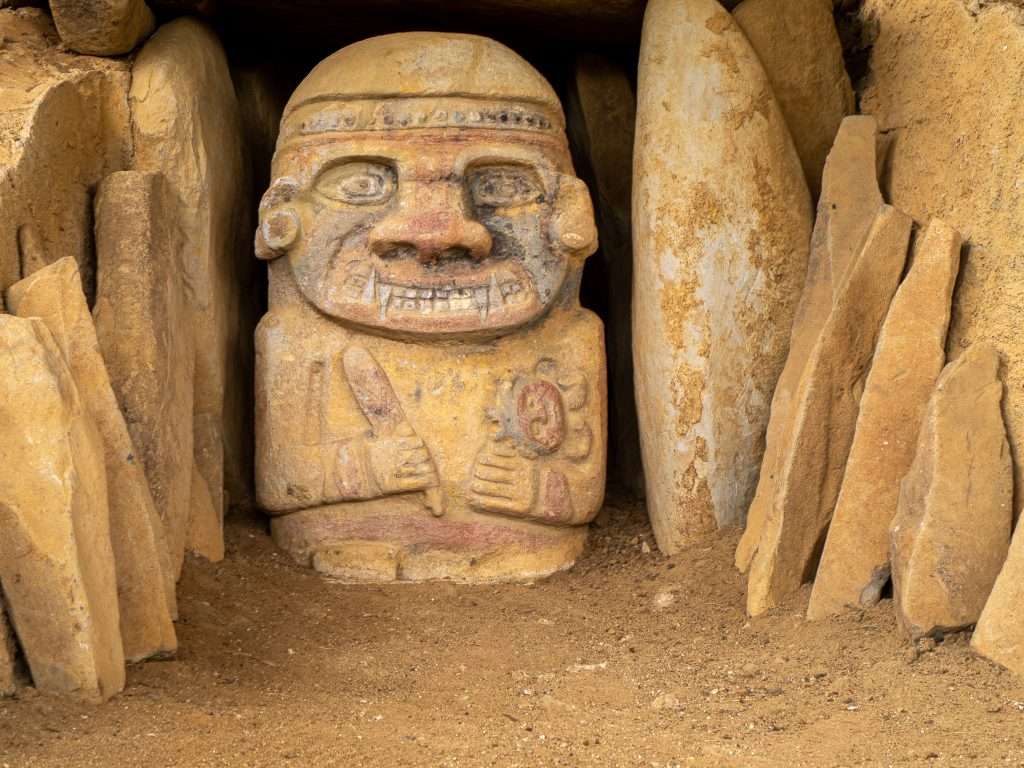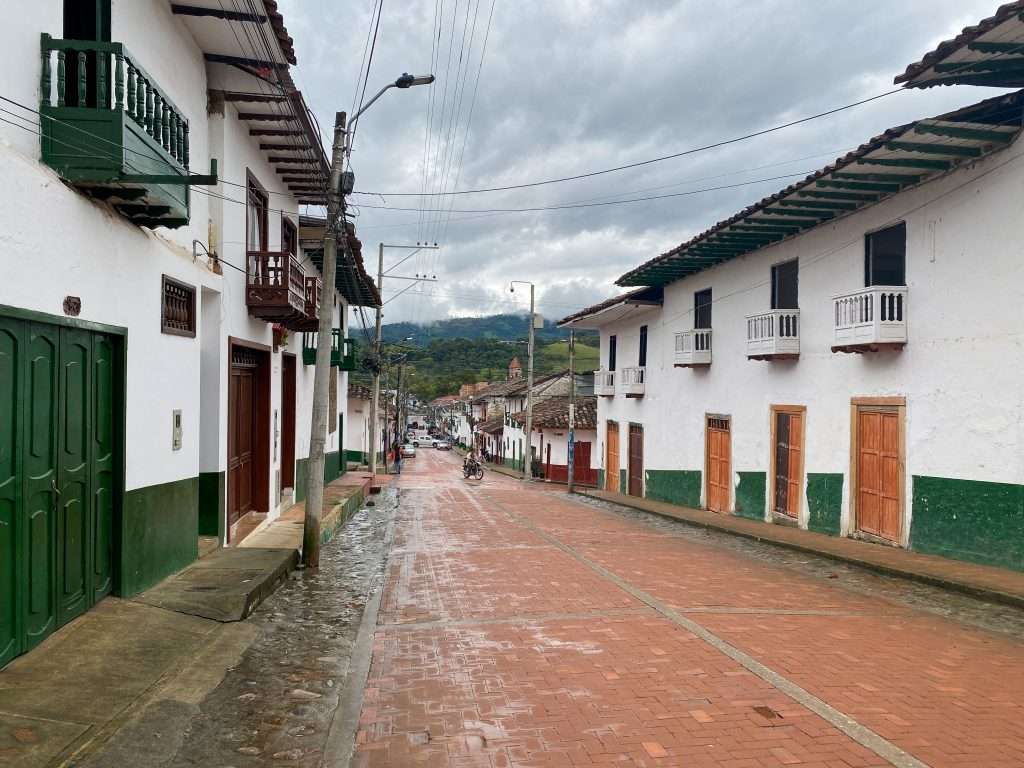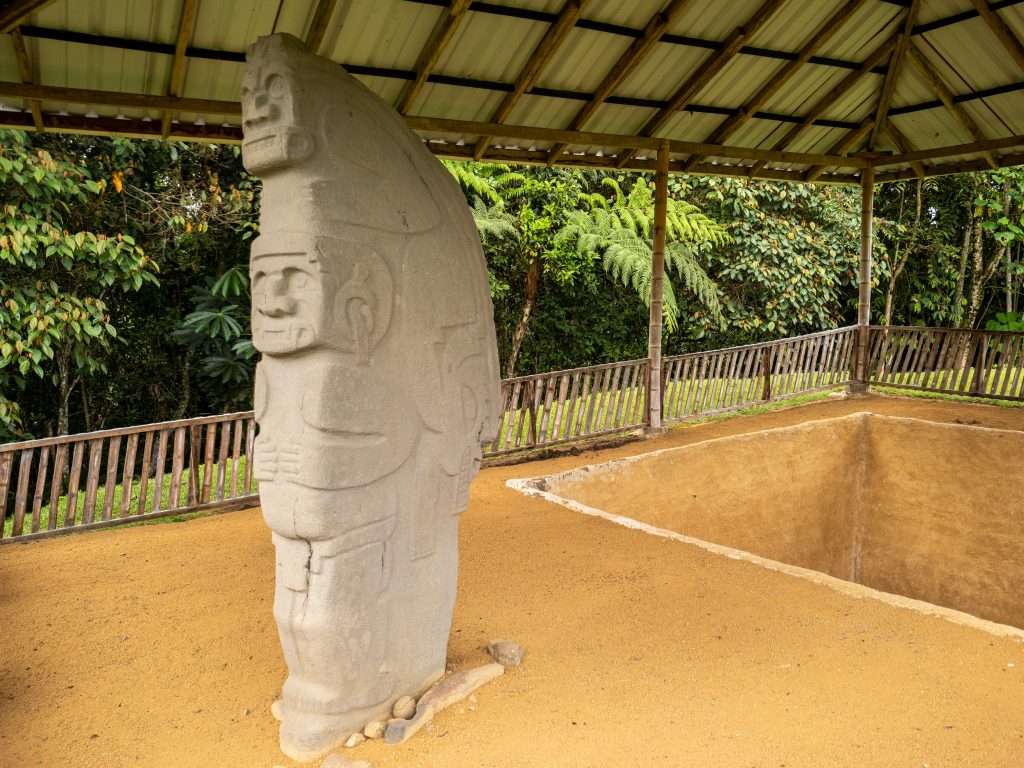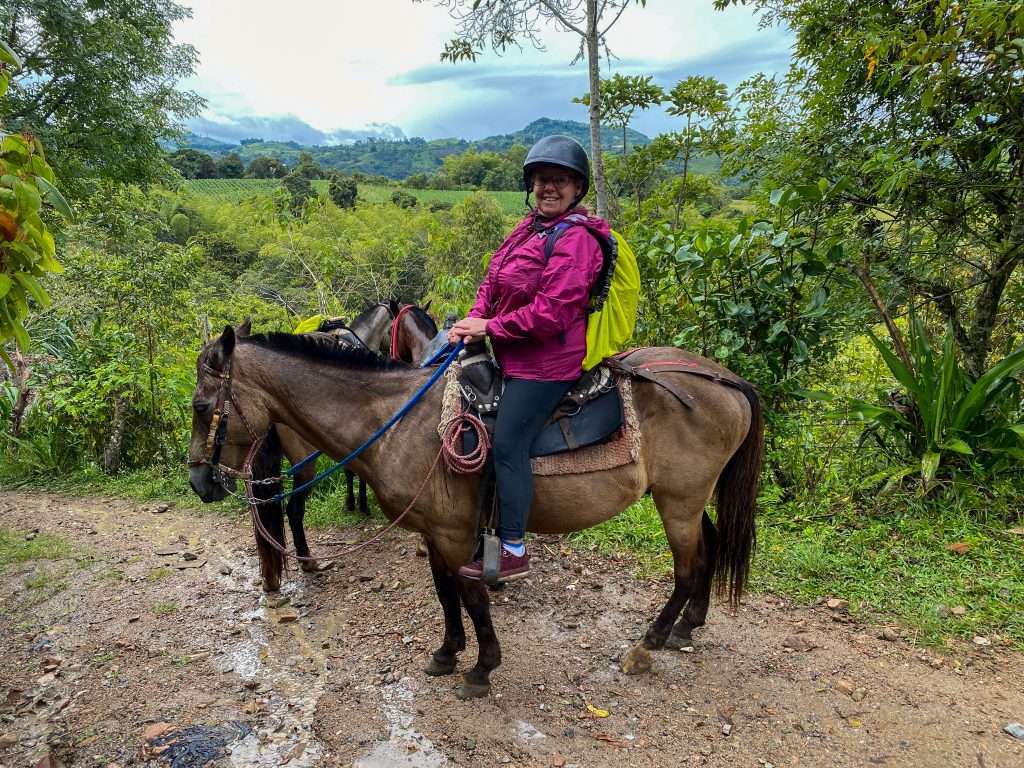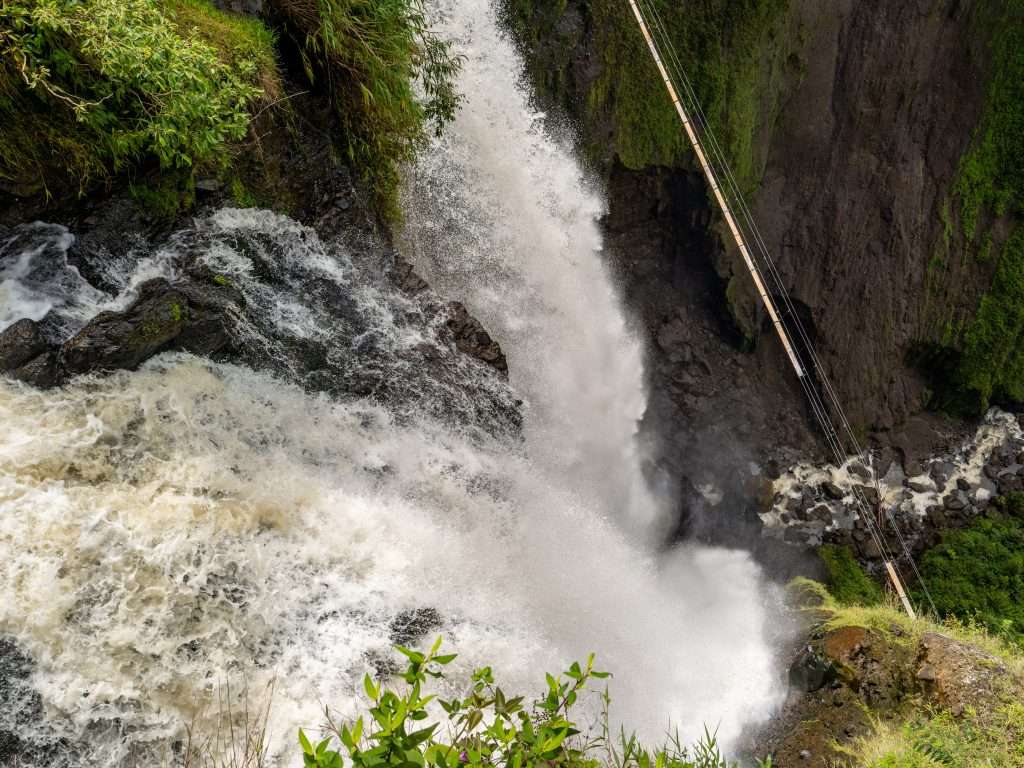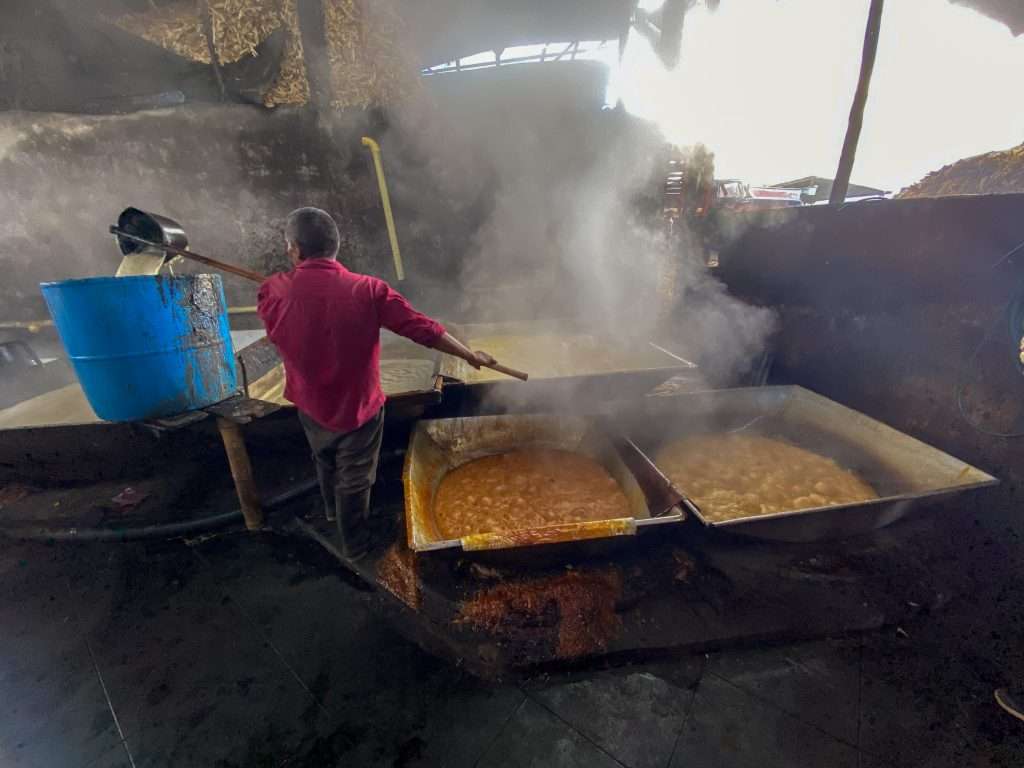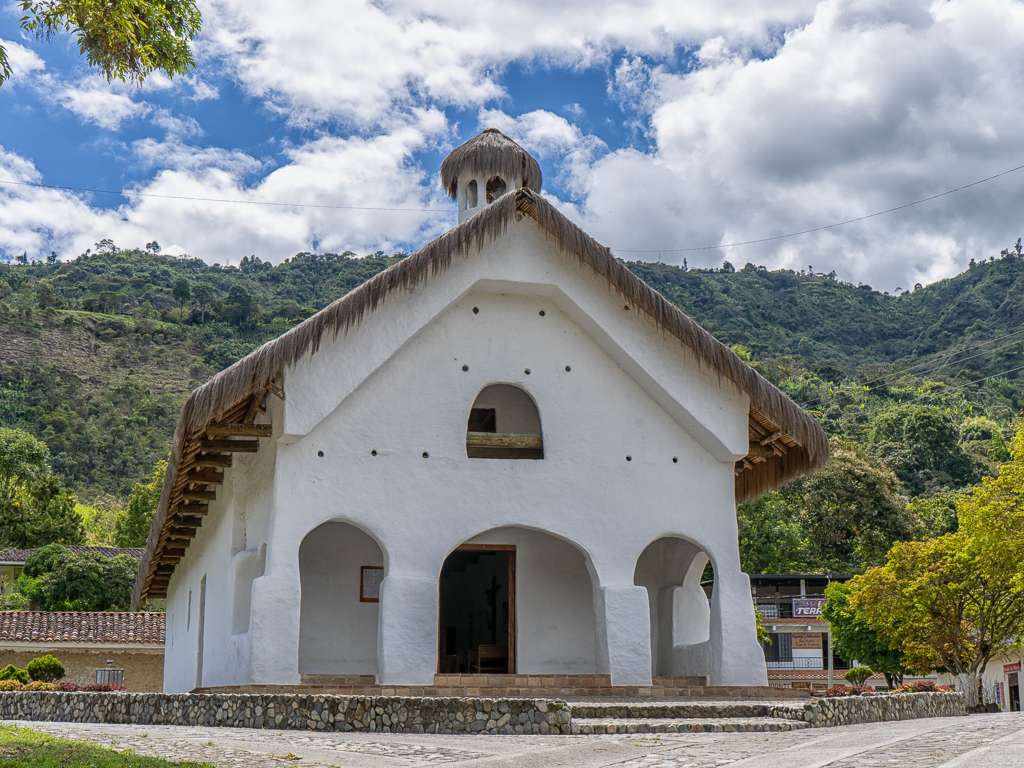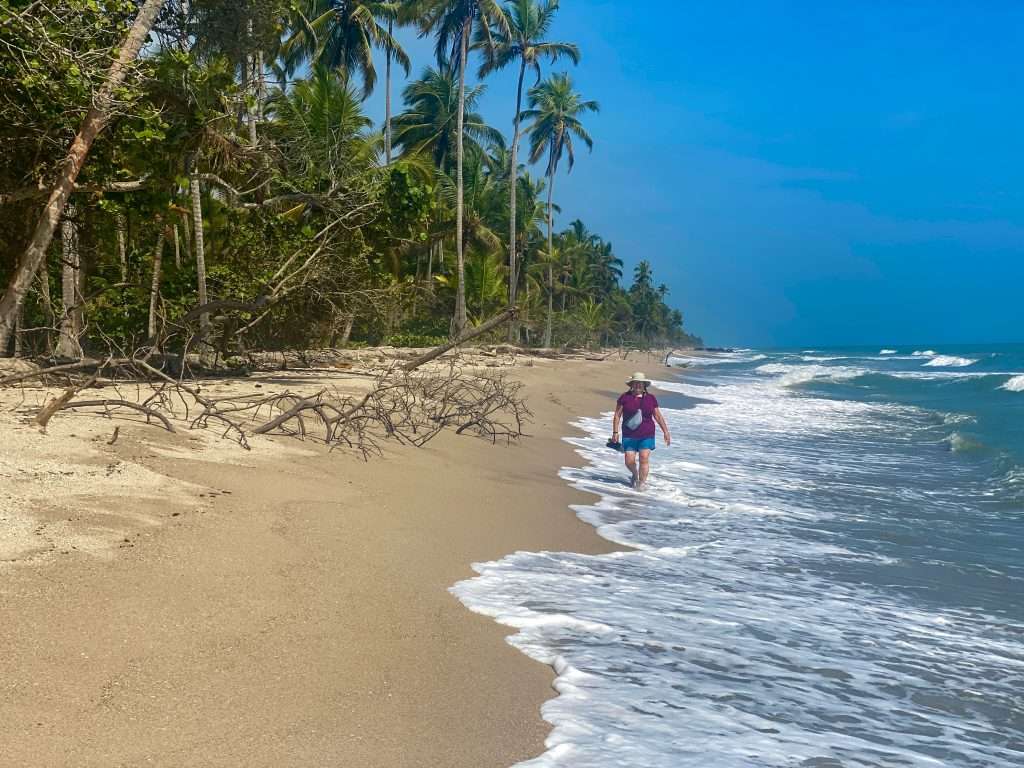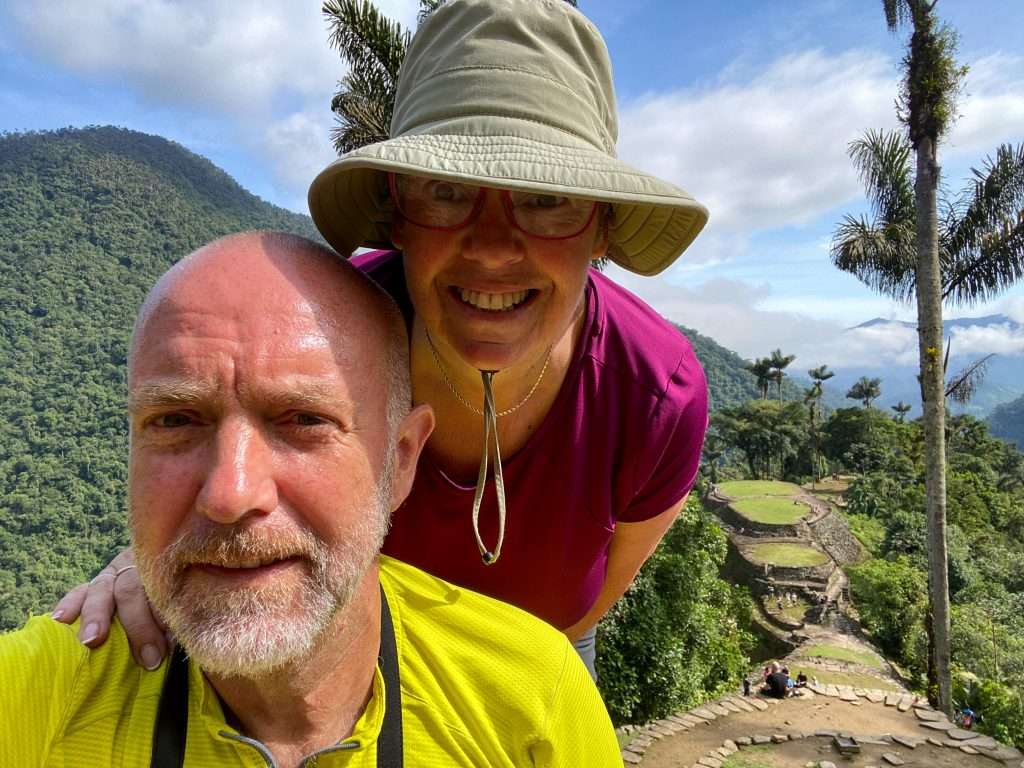
The Lost city trek | Is it worth the effort?
The simple answer is yes most definitely the effort is what makes the getting there so sweet. Not only is the Lost city an amazing place to visit but the trek through the lush cloud forrest of the Sierra Nevada de Santa Marta is a rewarding venture in itself.


